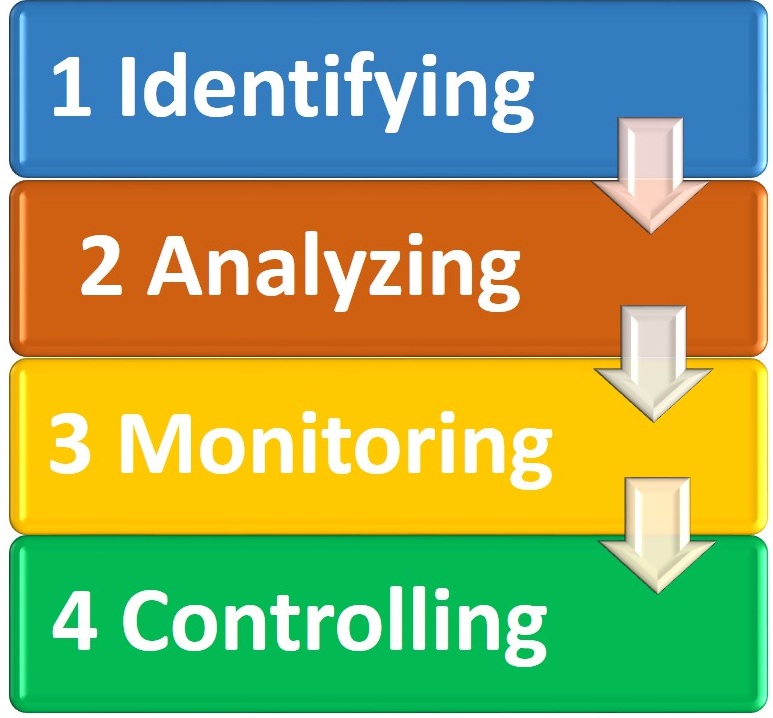What is Project Risk Management?
Risk management in projects is the method of analyzing and identifying to any type of risk that may arise during the project life-cycle. In order to effectively manage the project and stay on track and meet the goals of the project, risk management should be a part of the planning process and should figure out solutions, how to maintain and control the upcoming risks.
A risk may occur in any form or anything that might potentially leave an impact on your project’s timeline, performance and on your budget as well. Risks are potentialities but it may take the form of an “Issue” if your risks become realities.
So, it the process of categorizing your risks, planning during the project plan, and identifying the potential risks before they become an issue and adversely affects your project process.
How to manage your risk?
Every risk management process takes the same basic steps for managing their risks. But, sometimes there might some unknown jargons are used to describe these basic steps.

1 Identifying the risk
You and all your team members should effectively recognize, describe and uncover the risks that would have an impact or affect the outcomes of your project. You should consider preparing a Project Risk Register or using a template is a very good start.
Leverage the collective knowledge and experience of your entire team. Ask everyone to identify risks they’ve either experienced before or may have additional insight about. This process fosters communication and encourages cross-functional learning.
2 Analyzing the risk
Once risks are identified, now you have to two further questions to consider.
What is the likelihood of this risk actually occurring?
You should think about the possible consequences of your project objectives.
A combination of both likelihood and the consequences discussion enables an initial risk analyzing to be performed. In order to ensure that your project goals and objectives are not affected by the risks, you have to develop an understanding the various nature of the risk and its potential consequences.
3 Monitoring the risk
Clear communication among your team and stakeholders is essential when it comes to ongoing monitoring of potential threats.
Monitoring of risks is a continuous process in risk management process because your project things will change as you move through your project lifecycle. Therefore, to be effective your risk management process must remain dynamic.
4 Controlling the risk
In this phase of risk management process, the decision-making process becomes particularly important. It includes one or more of the following conditions:
Transfer of the risk
Exclusion of the risk
Reduction of the risk
Acceptance of the risk or an amount of the risk
Learn other topic around finance management in following link:
Merger and Acquisition solution from Insiet © M&A Integration
Intercompany Reconciliation Solution from Insiet © intercompany reconciliation
